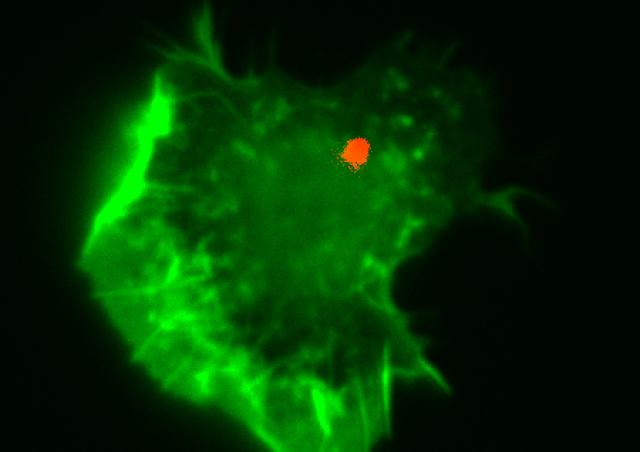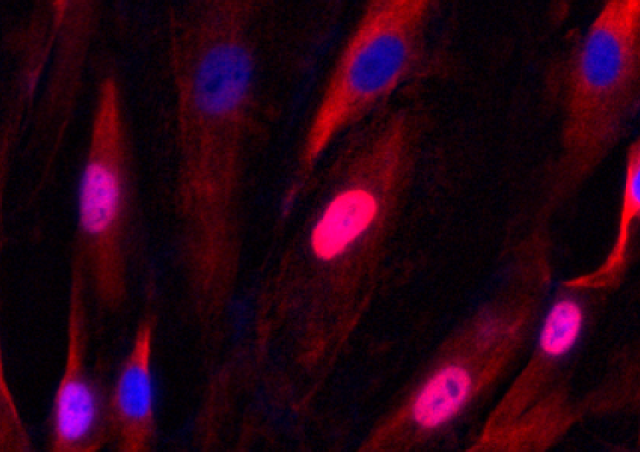Project members
Project
Several cell types communicate with each other through a signaling platform (called synapse) that allows passage of molecules and signals. In particular, B cells form an immune synapse with cells exposing antigens at their surface. Formation of the synapse is critical in order to mechanically extract the antigen and to trigger further antibody production. We hypothesize that the structure of the synapse and the forces generated therein are essential for its mechanical stability in the physiological conditions of the lymph node, whereby the synapse is perturbed by external flows and non-specific cell-cell interactions. We are testing this hypothesis by a combination of in situ, in vitro and in silico approaches. The project aims at a larger comprehension of how tissue mechanics influence biological cell functions.

To understand how the mechanics of the lymph node affect the functions of immune cells, in particular B cells, we propose to (1) measure the mechanical perturbations a cell is subject to in the lymph node, (2) characterize the morphology, mechanics, and functionality of the synapse under perturbing hydrodynamics flow in microfluidic chips, and (3) interpret the results in the frame of an active matter theory.
The measure of the mechanic and the mechanical activity of the living tissue are performed through microrheology techniques, that include observing cells and particles in living tissue slices. By using deformable lipid droplets we will estimate the stress the cells undergo and the time scale of their movement and deformations. Tissue slices allow access to the a living systems for hours, and to perturb it mechanically or chemically. We will further estimate the impact at the sub cellular level using in vitro microfluidic approaches to monitor by dynamic imaging the effect of compression and shearing on the cells and simultaneously measure the forces applied by the cells by traction force microscopy.












